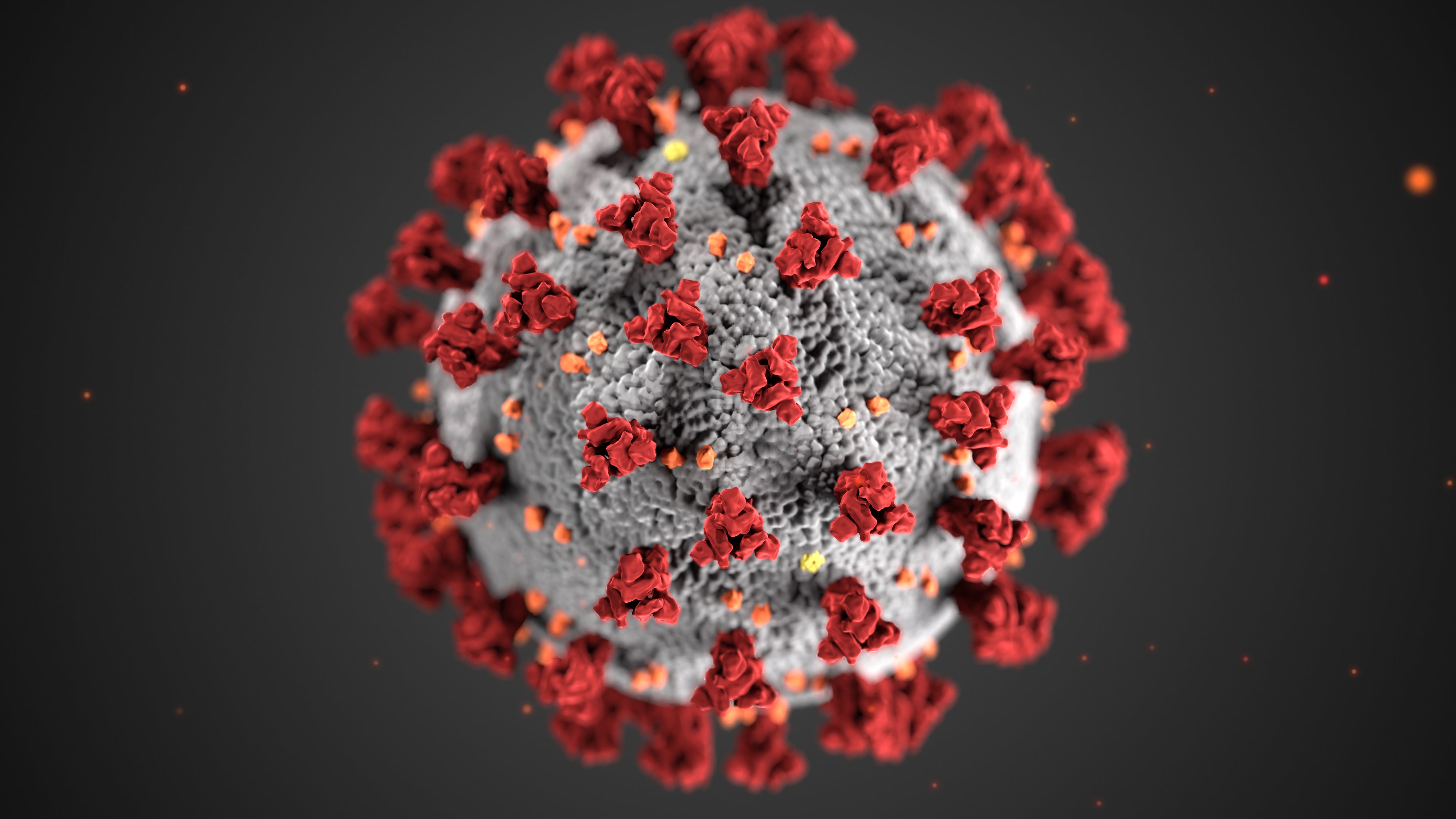Photographer turns lens on himself in ‘Chinese-ness’
Published 6:20 am Saturday, November 3, 2018
By Marianne Combs
MPR News/90.1 FM
Photographer Wing Young Huie was born in Duluth, the youngest of six children and the only one in his family not born in China. His father owned Joe Huie’s Café, a chop suey restaurant.
Growing up in the ‘60s, he was the only Asian kid in his elementary school. He was immersed in American pop culture, from the books he read to the TV shows he watched. “ My true ethnocentric filter,” he said, “ is white.”
Huie has a new book out this week, called “ Chinese-ness.” In it, Huie combines his photos with personal essays to create a nuanced exploration of cultural identity.
As he grew older, Huie became more aware that while he felt white, other people didn’t see him that way. When he’d tell people he was from Duluth, they would reply, “ But where are you REALLY from?” Huie says he knows many people are just curious and want to start a conversation:
“ But if you get that question a lot, what is implied is that ‘You’re not one of us.’ So I’m trying to understand what am I, and who gets to say what I am.”
As a street photographer, Huie has spent his career documenting neighborhoods and cultures. “ Chinese-ness” is his most personal work to date.
“ There are a lot of things I wish I’d asked my parents before they passed,” he said. “ You carry this guilt, this shame — how come I still don’t know how to speak Chinese, how come there’s so much I don’t know about Chinese culture? And I think after doing this book there’s less guilt.”
The book brings together Huie’s family photos with his own work in Minnesota and in China. Huie made his first trip there in 2010.
“ As confused as I was about my identity growing up in Duluth,” he said, “ going to China confused me even more.”
Even though both his parents were Chinese, people identified Huie as an American right away. They said it was something about his walk, or something in his face. Huie wondered: What if his family had never moved to the United States? How would his life have been different?
The thought inspired his “ I Am You” series. He photographed Chinese men whose lives might have been his, and then he changed into their clothing, and had them take a picture of him in the same pose.
Back in Minnesota, he continued the project. One of his subjects was Greg Hugh, publisher of China Insight, a monthly business publication.
Hugh said Huie’s photographs reveal just how different the Chinese-American experience can be from one person to the next.
“ Chineseness, I think, is affected by your generational spot,” he said. “ It is different to older Chinese than those that are coming up.”
And for some people, it may not require being Chinese at all. The last photo essay in Huie’s book centers on the story of Jarrelle Barton, who plays the guzheng.
Growing up in Cleveland, Barton became enamored with the Chinese classical instrument. He taught himself to read and speak Chinese so he could learn from YouTube videos. He performs every year at the Mall of America’s Chinese New Year celebration. Barton is black.
“ I thought it was fitting to end the book with him, because he is, in many ways, way more Chinese than the author,” Huie said.
Ann Regan, editor in chief of the Minnesota Historical Society Press, said Huie’s photos and essays are a revelation, even for people who don’t identify as Chinese.
“ Looking at his own identity — that pulls the reader into thinking about my own identity, and how do I know who I am, and what do I think about other people, and where does that come from?” she said. “ It’s just fascinating.”
Regan said Wing Young Huie is giving readers a chance to look at themselves a little more closely. Huie said the book did much the same for him, by giving him greater insight into his own family.


